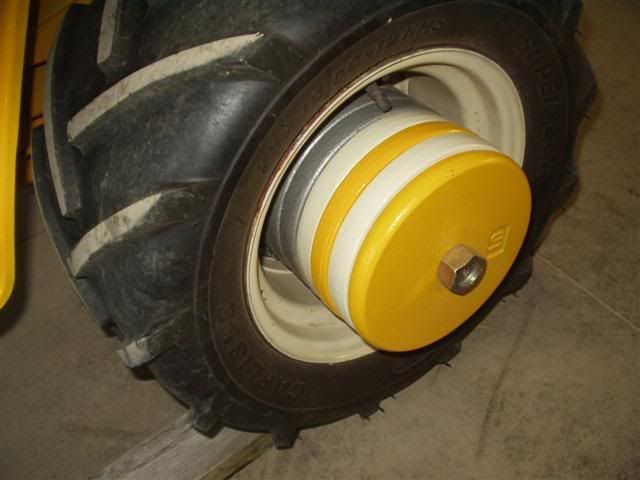Hi,
I went into my local tractor dealer after work yesterday to price out wheel weights and/or tire filling. This would be for a garden tractor.
I was surprised what he told me. He said by doing either I would be putting undo strain on the transaxle and recommended I go with suitcase weights and the associated bracket instead. He said that they see to many premature tranny failures caused by people loading the wheels. Has anyone else heard this? I walked out scratching my head, trying to understand what the actual difference would be using suitcase or wheel weights....at the end of the day the tractor has to move "X" weight, in either scenario.
Am I missing something here?
Thanks,
Tim
I went into my local tractor dealer after work yesterday to price out wheel weights and/or tire filling. This would be for a garden tractor.
I was surprised what he told me. He said by doing either I would be putting undo strain on the transaxle and recommended I go with suitcase weights and the associated bracket instead. He said that they see to many premature tranny failures caused by people loading the wheels. Has anyone else heard this? I walked out scratching my head, trying to understand what the actual difference would be using suitcase or wheel weights....at the end of the day the tractor has to move "X" weight, in either scenario.
Am I missing something here?
Thanks,
Tim










